Table of Contents
Generative AI is Changing Teaching
Teaching is a noble profession, with educators playing a vital role in shaping the minds and futures of the next generation. While no AI can replace the impact of a great teacher, generative AI is increasingly being integrated into educational practices to assist with various tasks, from lesson planning to personalized learning. In this article, we’ll explore how generative AI is changing the landscape of teaching, the benefits it offers, and the challenges it presents.
Augmenting Teaching Skills
Course and Lesson Planning
Teachers are utilizing natural language tools like ChatGPT for course and lesson planning. These tools suggest topics and learning activities based on the curriculum, saving time and enhancing teaching quality.
Research
Generative AI technology has the potential to revolutionize the way teachers conduct research and gain a deeper understanding of the subjects they teach. By leveraging the power of machine learning algorithms, AI-powered assistants can assist educators in tasks such as gathering and analyzing data, generating new insights, and identifying patterns and trends that might otherwise be difficult to detect. This can help teachers better understand the content they are teaching, as well as improve their ability to prepare effective lesson plans and assessments.
Additionally, generative AI can provide teachers with access to a vast array of educational resources and materials, allowing them to stay up-to-date with the latest developments in their field and to continually improve the quality of their teaching.
Content Creation
With the help of generative AI, teachers can easily create a wide range of educational resources to enhance the learning experience of students. These resources can include but are not limited to reading materials, images, games, quizzes, and checklists. Generative AI technology can help teachers to quickly generate a variety of options that cater to different learning styles, abilities, and interests of students. This can improve engagement and retention of knowledge among students, as they get access to more diverse and personalized educational content.
Additionally, generative AI can also assist teachers in assessing the effectiveness of their teaching methods by providing real-time data on student progress and feedback.
Language Learning and Translating
Generative AI is an innovative technology that has been increasingly adopted in the education sector globally. One of the most significant benefits of generative AI is its ability to break down language barriers and facilitate effective communication in multilingual classrooms. This technology can help students and teachers overcome the challenges of language differences, making education more accessible and inclusive.
With generative AI, teachers can create personalized content in different languages, and students can translate it in real time to their preferred language. This feature enhances the learning experience, empowering students to learn in a language they are most comfortable with, regardless of their cultural background. Additionally, generative AI can be used to create interactive educational materials that engage students and improve their comprehension of complex concepts.
Personalized Learning
One of the most promising applications of generative AI in education is personalized learning. By tailoring lessons and learning plans to individual student’s needs and preferences, educators can enhance engagement and optimize learning outcomes.
Automating Routine Work
Generative AI streamlines routine tasks like grading papers, drafting communications, and producing documents, allowing teachers to focus more on direct student interaction.
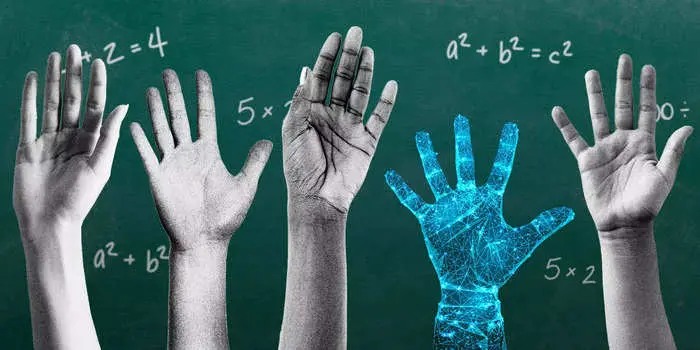
The Changing Role of Teachers
As generative AI reshapes education, teachers are evolving into facilitators of learning rather than mere providers of knowledge. This shift emphasizes the importance of nurturing critical thinking, creativity, and emotional intelligence, essential skills for the future workforce. Moreover, educators must guide students in navigating AI systems, making technological proficiency a fundamental aspect of modern education.
Conclusion
Generative AI presents exciting opportunities to enhance teaching practices and improve learning outcomes. However, it’s essential to acknowledge and address the potential risks, including inaccuracies, biases, and privacy concerns. By embracing this technology thoughtfully, educators can leverage its benefits while preserving the invaluable human touch in education.
Also read: The Evolution of AI in Advertising: Opportunities and Challenges
FAQs
How does generative AI benefit teachers?
Generative AI assists teachers in tasks such as lesson planning, content creation, and personalized learning, enabling them to enhance teaching quality and efficiency.
What are the risks associated with generative AI in education?
Potential risks include inaccurate responses, inappropriate content, biases, and privacy concerns regarding sensitive data usage.
How can teachers adapt to the changing role influenced by generative AI?
Teachers must embrace lifelong learning, acquiring not only subject matter expertise but also proficiency in utilizing AI tools and technologies.
What skills are essential for educators in the AI-driven future?
Critical thinking, creativity, emotional intelligence, and technological proficiency are crucial skills for educators to impart to their students.
How can generative AI contribute to inclusive education?
Generative AI facilitates personalized learning experiences, catering to diverse learning styles and needs, thereby promoting inclusivity in education.

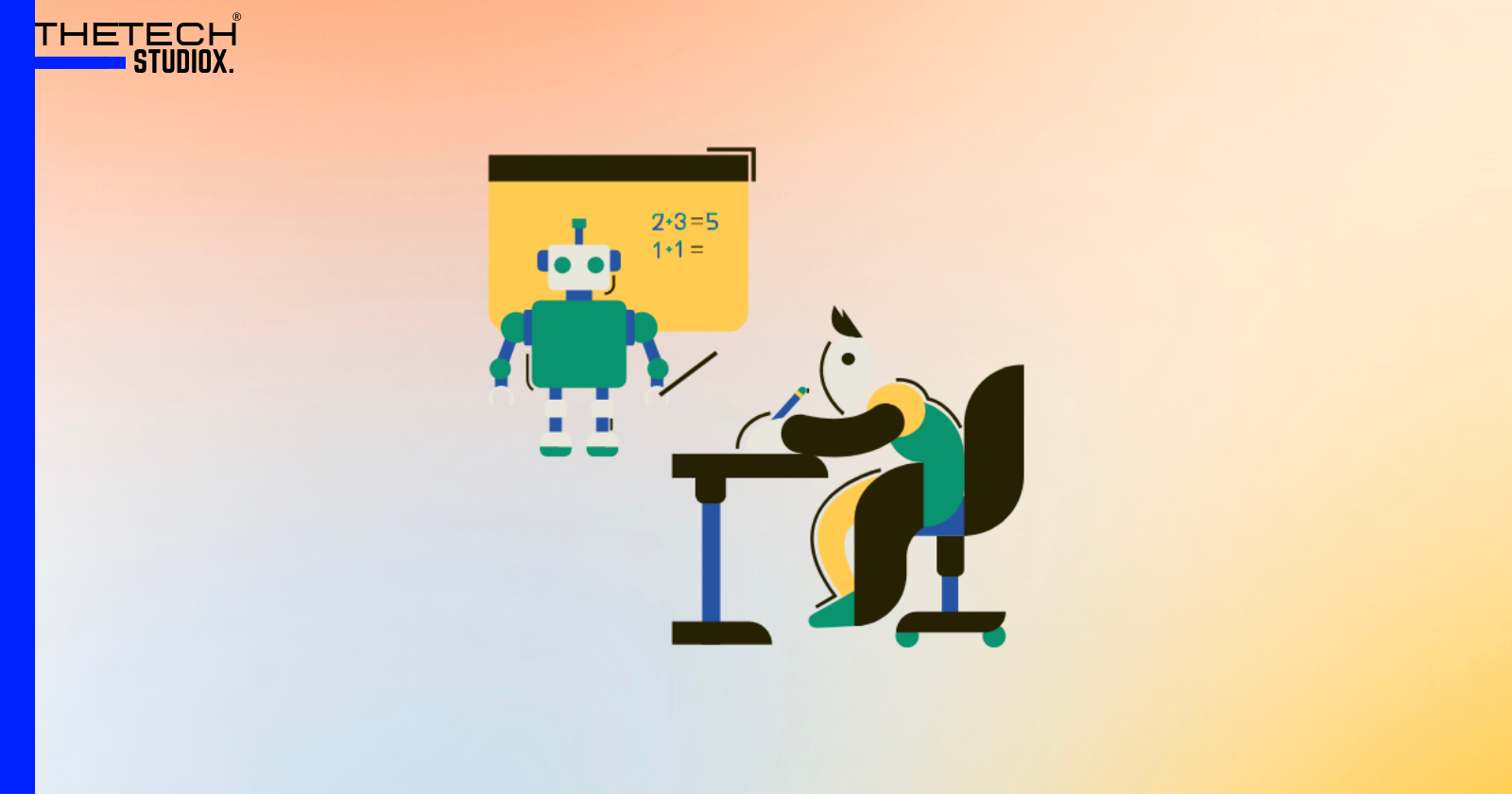
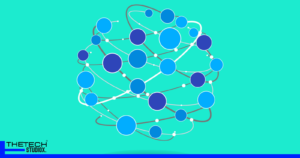
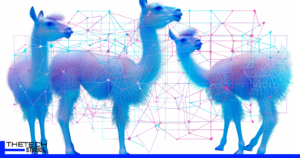
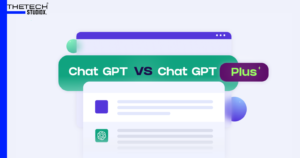
Your point of view caught my eye and was very interesting. Thanks. I have a question for you.